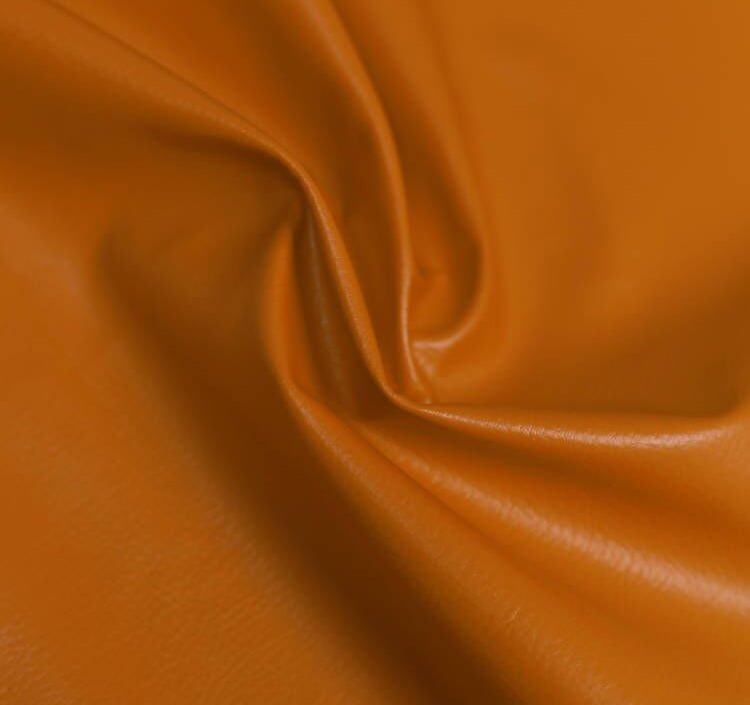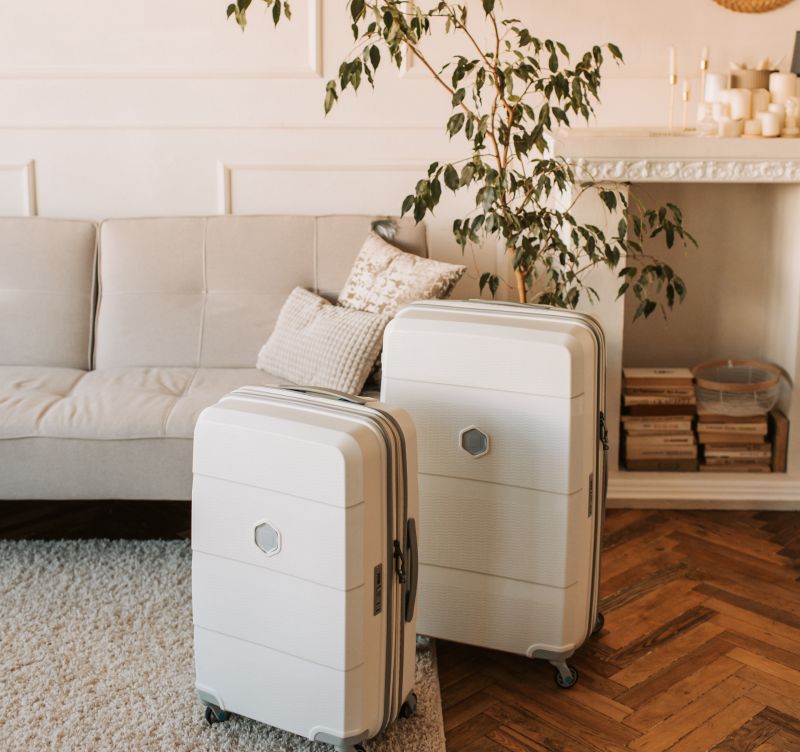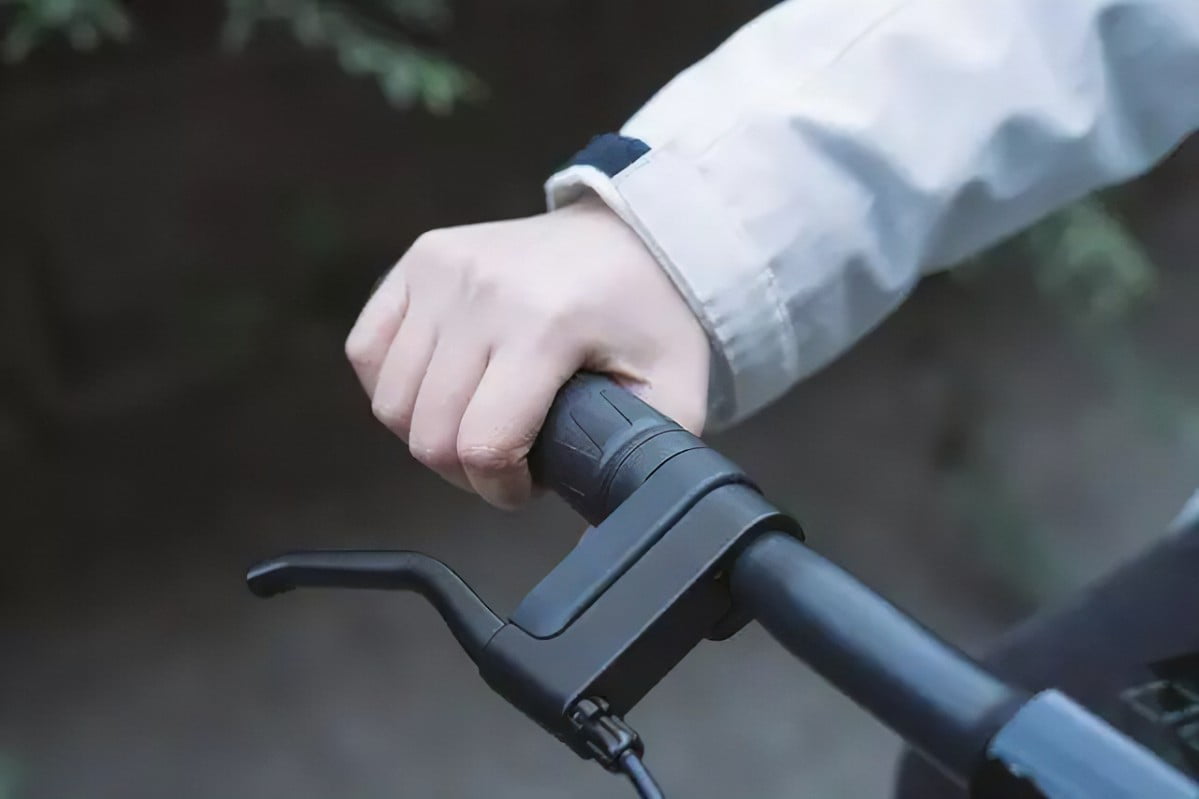
Riding a road bike and a mountain bike offers a thrilling sense of freedom and connection with the road, but it also comes with its fair share of maintenance challenges. One such challenge that many riders encounter is sticky handlebars. While some riders appreciate the added grip that stickiness provides, it's a sensation that many would rather avoid. Sticky handlebars can not only be uncomfortable but also potentially hazardous during rides. So, what causes this stickiness, and is there a solution that doesn't involve frequent handlebar or handle grip replacements?
The primary culprit behind sticky handlebars is a combination of your bike's exposure to the elements and the natural effects of daily use. Sunlight, in particular, plays a significant role in breaking down the rubber material of your handlebar grips over time. Additionally, as you ride, your hands naturally sweat and perspire, contributing to the accumulation of moisture on the grip's surface. This moisture, when combined with the dirt, grime, and road dust that your bike encounters, forms a sticky residue that can seriously compromise your riding experience.
Thankfully, there are solutions available to keep your handlebars or handle grips in their original condition and extend their lifespan., saving an unnecessary expense.
Herein a range of innovative solutions for handlebars or handle grips that go beyond conventional designs, focusing on aspects such as comfort, functionality, customization, and versatility:
1. Material Selection: Choose a material that has a naturally soft and tactile feel. Si-TPV, Silicone rubber, thermoplastic elastomers (TPE), and certain types of foam are excellent options. These materials offer a pleasant texture and can be customized to achieve varying levels of softness. In addition, Leather For Handles is a good way, Find the materials that work for you! SILKE is Si-TPV, Silicone Vegan Leather Manufacturer! We supply a wide variety of Si-TPV and Silicone vegan leather, which helps you achieve the perfect balance between comfort and non-stickiness!
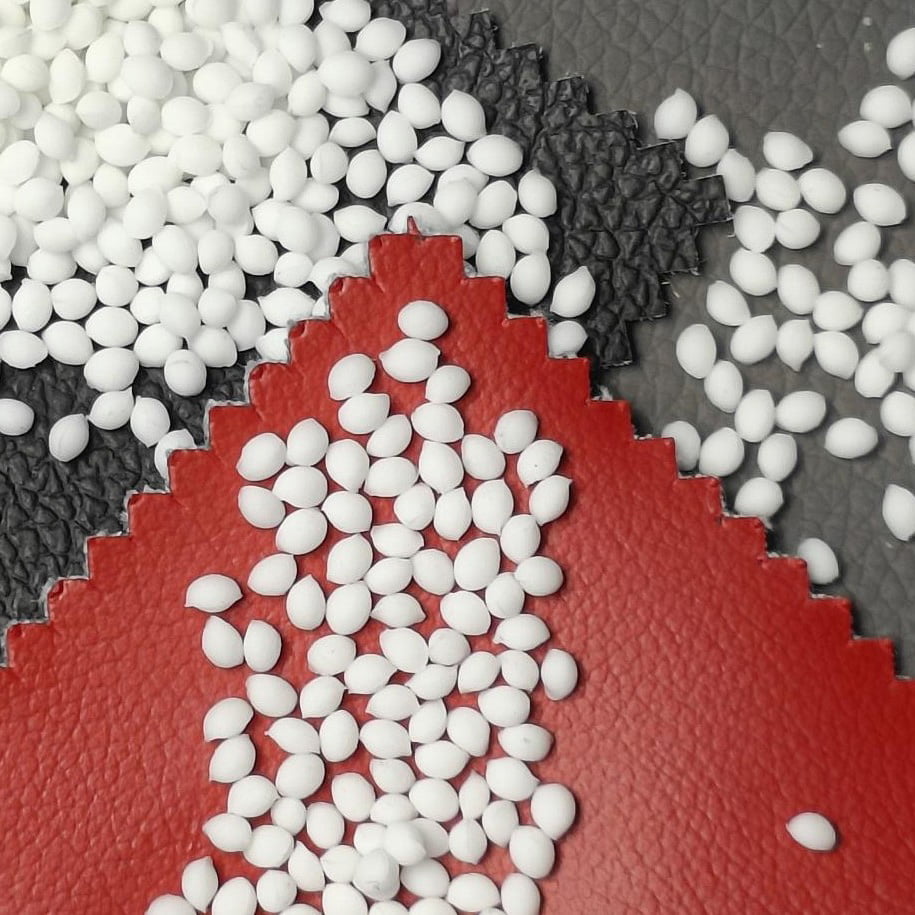

Learn about the benefits of Si-TPV material and how they can prevent stickiness that keeps your grips clean and comfortable.
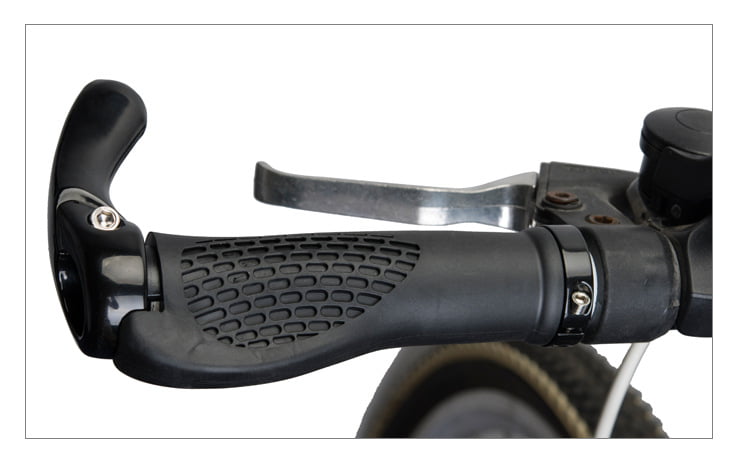
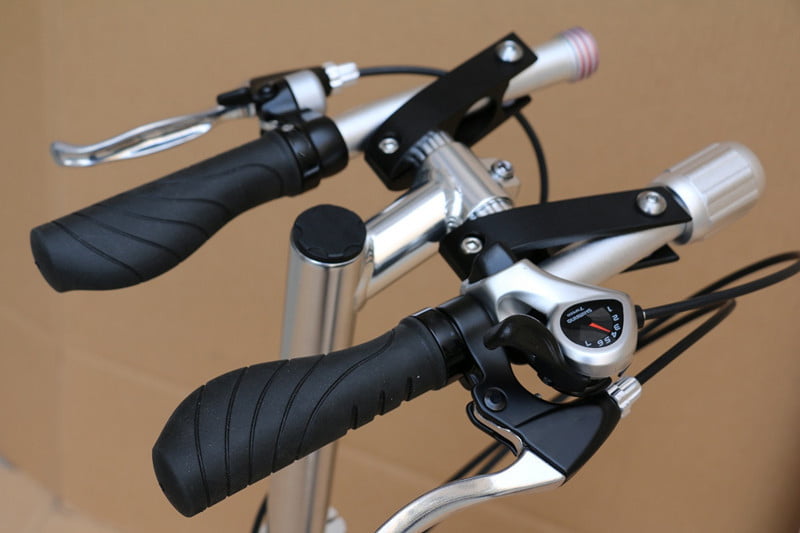
Si-TPV elastomers with excellent adhesion performance on a range of substrates, the products also demonstrate processability similar to conventional TPE materials and also have excellent engineering physical properties and acceptable compression sets at room and elevated temperatures. Si-TPV elastomers often eliminate secondary operations for faster cycle times and reduced production costs. This elastomer material gives an improved silicone rubber-like feel to finished over-molded parts.
Si-TPV for sporting gear and athletic goods over molding, that offer both soft-touch comfort and non-sticky feel, resistance to UV, sweat, and sebum to your product, These long-term soft skin-friendly Si-TPV materials solve bike designers' and bike manufacturers' hardest problems and enable product design innovation to combine safety, aesthetics, product functionality, and ergonomically, and eco-friendly.
If you are a bike manufacturer, although constantly tweaking your formulas by mixing them with new polymers and synthetic rubbers, you simply haven’t found a way to keep handlebars from getting sticky. Si-TPV or Si-TPV silicone vegan leather could be valuable for you.
Si-TPV features the following properties
≫ Long-term silky skin-friendly touch does not require additional processing or coating steps;
≫ Reduce dust adsorption, non-tacky feel that resists dirt, no plasticizer and softening oil, no precipitation, odorless;
≫ Freedom custom colored and deliver long-lasting colorfastness, even with exposure to sweat, oil, UV light, and abrasion;
≫ Self-adhered to hard plastics to enable unique over-molding options, easy bonding to polycarbonate, ABS, PC/ABS, TPU, PA6, and similar polar substrates, without adhesives, over-molding capability;
≫ Can be manufactured using standard thermoplastic manufacturing processes, by injection molding/extrusion. Suitable for co-extrusion or two-color injection molding. Precisely matched to your specification and are available with matte or gloss finishes;
≫ Secondary processing can carve all kinds of patterns, and do screen printing, pad printing, spray painting.
2. Ergonomic Design: Craft the grip with an ergonomic shape that fits comfortably in the user's hand. Ergonomics play a significant role in reducing strain and discomfort during use.
3. Surface Texture: Incorporate a subtle surface texture that enhances grip and prevents slipping. Micro-patterns or gentle contours can significantly improve the grip's overall feel.
4. Cushioning: Integrate a cushioning layer within the grip to provide a soft yet supportive touch. This layer can absorb vibrations and shock, making the grip even more comfortable during use.
5. Addressing Sweat and Sebum Resistance:
Sweat and sebum (natural skin oils) are common elements that can affect the longevity and performance of handle grips. To create grips that resist these factors, follow these strategies:
Hydrophobic Coatings: Apply a hydrophobic coating to the grip's surface. This thin layer will repel water and moisture, preventing sweat from penetrating and compromising the grip's integrity.
Oil-Resistant Formulations: Utilize materials that inherently resist oils and greases. Silicone rubber, for instance, has a natural resistance to many types of oils, making it an ideal choice for handle grips.
Sealed Design: Construct the grip with a sealed or enclosed structure that prevents sweat and sebum from seeping into crevices. This design approach adds an extra layer of protection to the grip.
Regular Cleaning and Maintenance: Educate users about proper cleaning and maintenance routines. Provide guidelines on how to clean the grip to remove sweat and oil buildup without damaging the material.

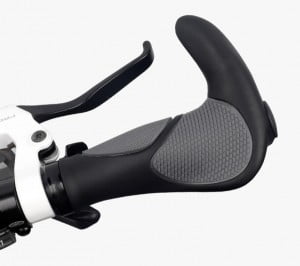
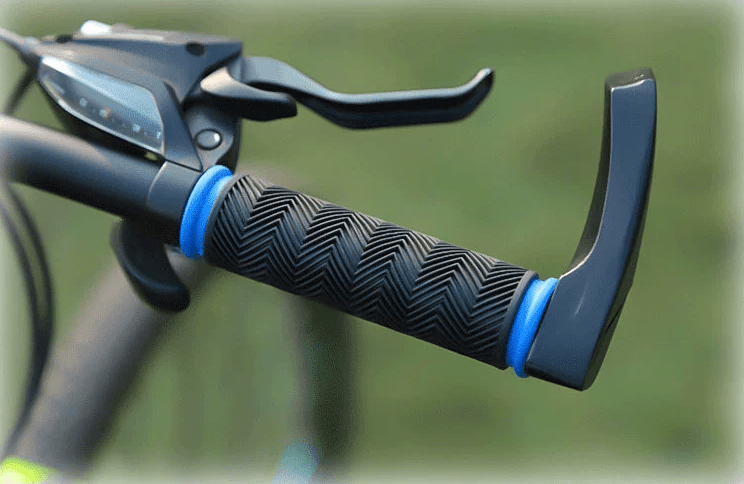
Conclusion:
Crafting handlebar or handle grips that combine soft-touch comfort with resistance to sweat and sebum is a multifaceted process that involves material selection, ergonomic design, surface treatments, and testing. By following the strategies outlined in this article, you can create handlebar or handle grips that enhance user satisfaction, extend product lifespan, and offer a superior grip experience even in exposure to the sun and other challenging conditions. Whether you're designing a handlebar, or handle grips for tools, sports equipment, or everyday items, prioritizing comfort and resistance will undoubtedly contribute to the overall success of your product.
We look forward to working with material scientists, polymer engineers, and bike manufacturers to develop customized solutions based on your specific application and requirements.
please contact us.
Email: amy.wang@silike.cn









